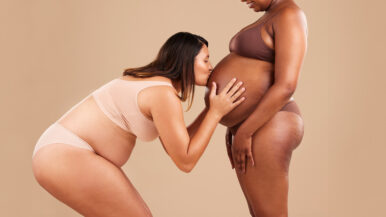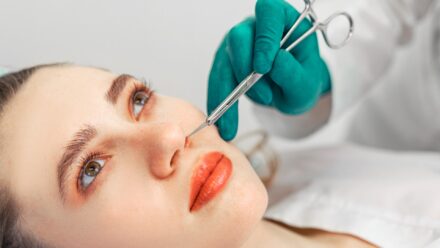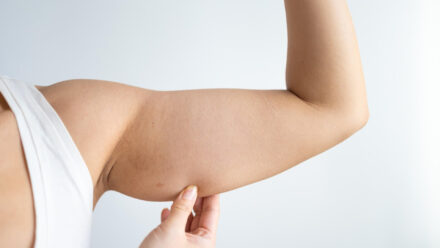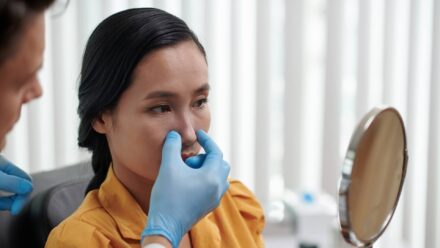Facial analysis is an essential factor for a successful plastic surgery transformation. A preoperative analysis is key to making sure that the surgery will result in harmonic facial features. Keep reading this blog to find out about how facial analysis for cosmetic surgery is the foundation of aesthetic excellence.
📐 Scientific principles of facial aesthetics
The scientific principles of facial aesthetics consider anatomy, physiology, mathematics, and even psychology to enhance facial features. These principles are predominantly used in plastic or cosmetic surgery procedures (Rhinoplasty, Facelifts), dermatology (Fillers, Botox), and orthodontics (Tooth extractions, jaw surgery) to achieve the maximum aesthetic outcomes.
Facial harmony and balance fundamentals
Human beings are not cut from the same mold. Each of us is different, with unique facial features and aesthetic needs. For example, every individual feature on a human face may not be perfect aesthetically. However, it blends with the rest of the features to enhance facial harmony and balance. This is why scientific principles of facial aesthetics are so important for the successful outcomes of cosmetic/plastic surgical procedures. For a personalized beauty analysis, two core principles have to be considered:
Symmetry
The concept of facial symmetry dictates that “If you divide the face into two parts by drawing an imaginary line down the middle vertically, the features on both sides should balance each other”.
Even though it is very rare to achieve perfect symmetry, conventional beauty standards promote a balance of features on both sides. During plastic or cosmetic procedures, enhancing facial symmetry is a key aesthetic goal for the surgeons.
Proportions
For pre-surgical facial mapping, proportions are another important factor to consider. The face is roughly divided into three parts horizontally and five parts vertically for a facial proportion assessment. The horizontal thirds include:
- Upper third (From the hairline to the eyebrows)
- Middle third (The brows and the nasal area)
- Lower third (Starts from the base of the nose and extends to the chin)
Vertically, the face is divided into five parts, which include the following.
- From the outer part of the ear helix to the outer edge (lateral canthus) of the eye
- Between the outer (lateral canthus) and inner edge (medial canthus) of the eye, horizontally
- Between the inner corners (medial canthus) of both eyes
- The width of the nose (distance between the two nasal alae)
- The width of the mouth
💡 The distance between the medial canthi (inner corners) of the two eyes should be equal to the width of the nose. The width of the mouth should roughly be 1.5 of the width of the nose.
These measurements are kept in mind to maintain or achieve facial balance and symmetry during aesthetic surgical and non-surgical procedures.
Golden ratio applications
Cosmetic surgery is a combination of art and science. To enhance the outcomes of facial procedures, surgeons use measurements known as the “golden ratio” when aesthetic balance planning for their surgeries.
💡 The golden ratio is a set of measurements that aim to balance facial features. These include rules such as “the length of the face should be 1.618 (phi) of its width” or “ the distance between the base of the nose to the center of the lips should be approximately 1.618 (phi) times the distance between the lips and the chin,” etc.
📌 Golden ratio measurements are applied to achieve facial harmony and symmetry.
Ethnic and individual variations
Each ethnicity has its unique features that bring symmetry, harmony, and balance to the facial features. These need careful consideration during the pre-surgical facial mapping phase. For example, South Asian noses are larger with a prominent nasal bridge, while Southeast Asians have smaller noses with low nasal bridges. These proportions are kept in mind while aesthetic balance planning for a rhinoplasty.

🔍 Assessment methodology
The following assessment methodologies are used for a personalized beauty analysis before any aesthetic surgical/non-surgical procedure.
Key facial measurements
The main measurements that play a role in pre-surgical facial mapping are:
- Vertical thirds of the face
- Horizontal fifths of the facial proportions
- Facial symmetry measurements
- Facial width-to-height ratio
- Nasofacial and nasolabial angles
- The angle between the chin and neck
- Distance between the two eyes (between the two medial canthi)
- Proportions of the lips
- The projection of the chin
Proportion analysis
Facial proportion assessments consider things like the size, shape, symmetry, and alignment of various facial features. These assessments are performed during the pre-surgical facial mapping or planning face. Proportion analysis makes use of digital photography, 3D imaging of the face, etc.
Feature relationship mapping
Feature relationship mapping is a way to assess how various facial features balance each other. It plays a very important role in achieving a balanced and aesthetically pleasing surgical outcome.
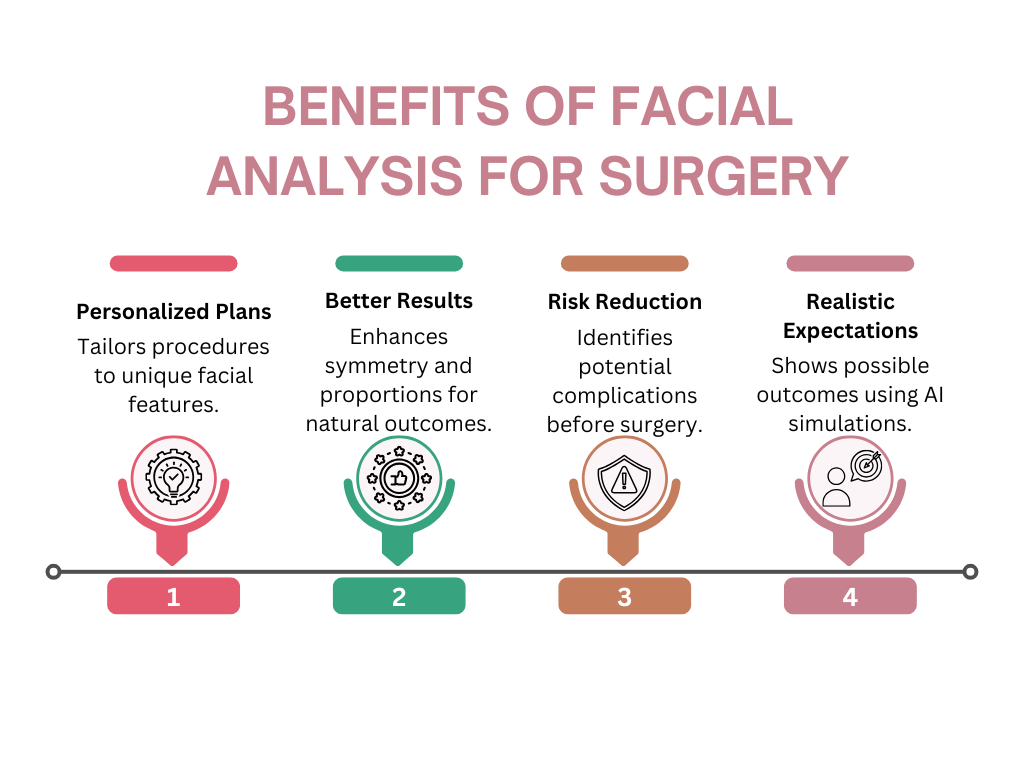
🌟 Technology integration in facial analysis
The technological advances in cosmetic/plastic surgery have significantly streamlined aesthetic beauty analysis and pre-surgical facial mapping. The tools used for this purpose include:
3D imaging capabilities
3D facial imaging tools ( E.g., VECTRA) assist surgeons in predicting the visual outcomes of cosmetic or plastic surgical procedures.
Digital simulation tools
Digital simulation tools help in visualizing surgical outcomes, provide accurate facial measurements, and assist in facial relationship mapping.
Precision planning advantages
Precision planning before a surgical or dermatological procedure enhances the accuracy of the results. It also improves facial balance and harmony. By performing a pre-surgical personalized beauty analysis, surgeons can ensure customized surgical outcomes.
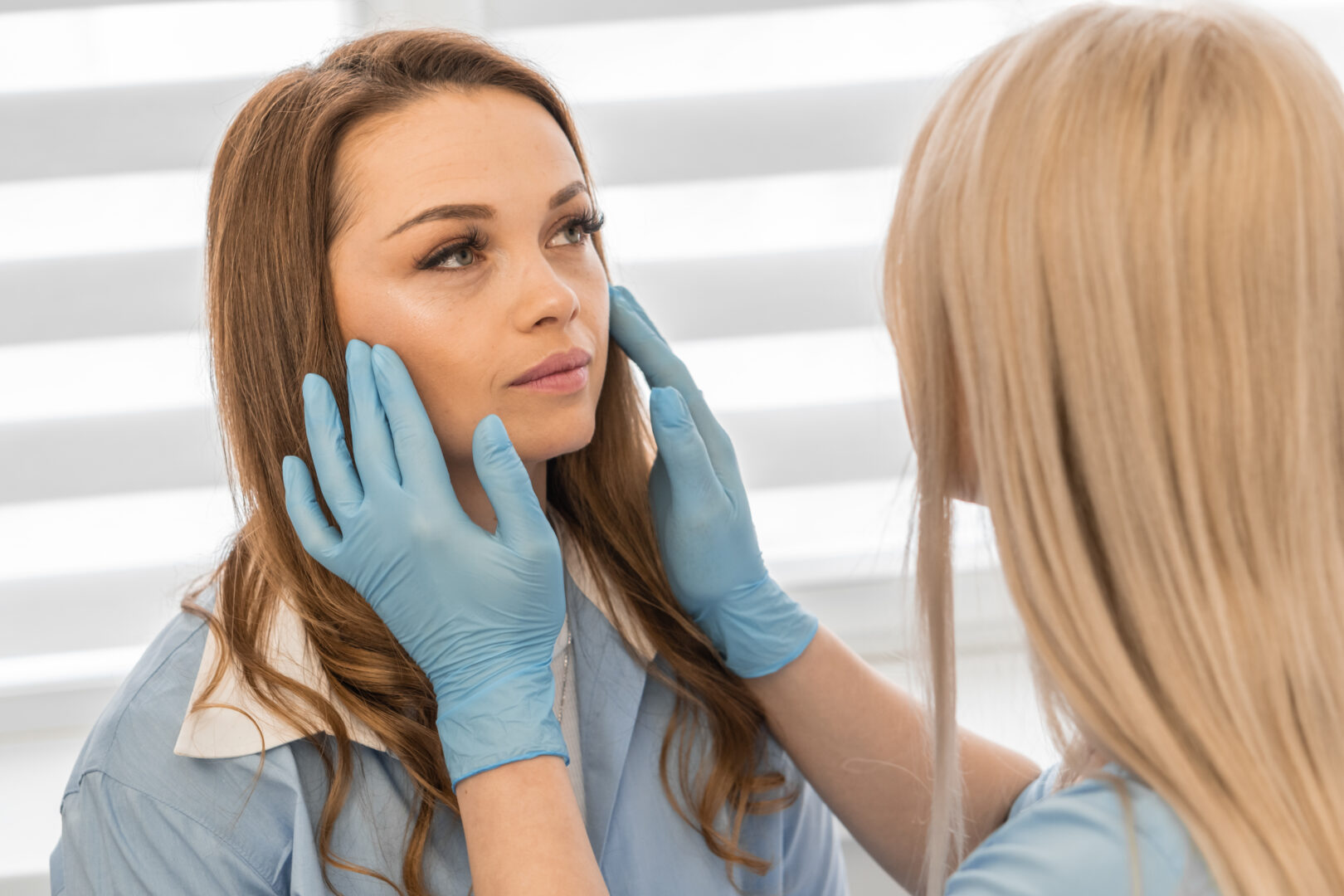
🎯 Customization approach
Facial analysis helps analyze the positioning of different features on the face to accurately assess how they can be enhanced. It takes into account the differences in anatomy and the ethnic distinctions in one’s features to bring harmony to the overall facial features through plastic surgery.
Along with this, facial analysis uses the facial thirds rule to ensure the features are proportionate and balance the overall look. It also eliminates the need for adhering to Western ideals of beauty and enables a more ethnicity-specific approach to plastic surgery.
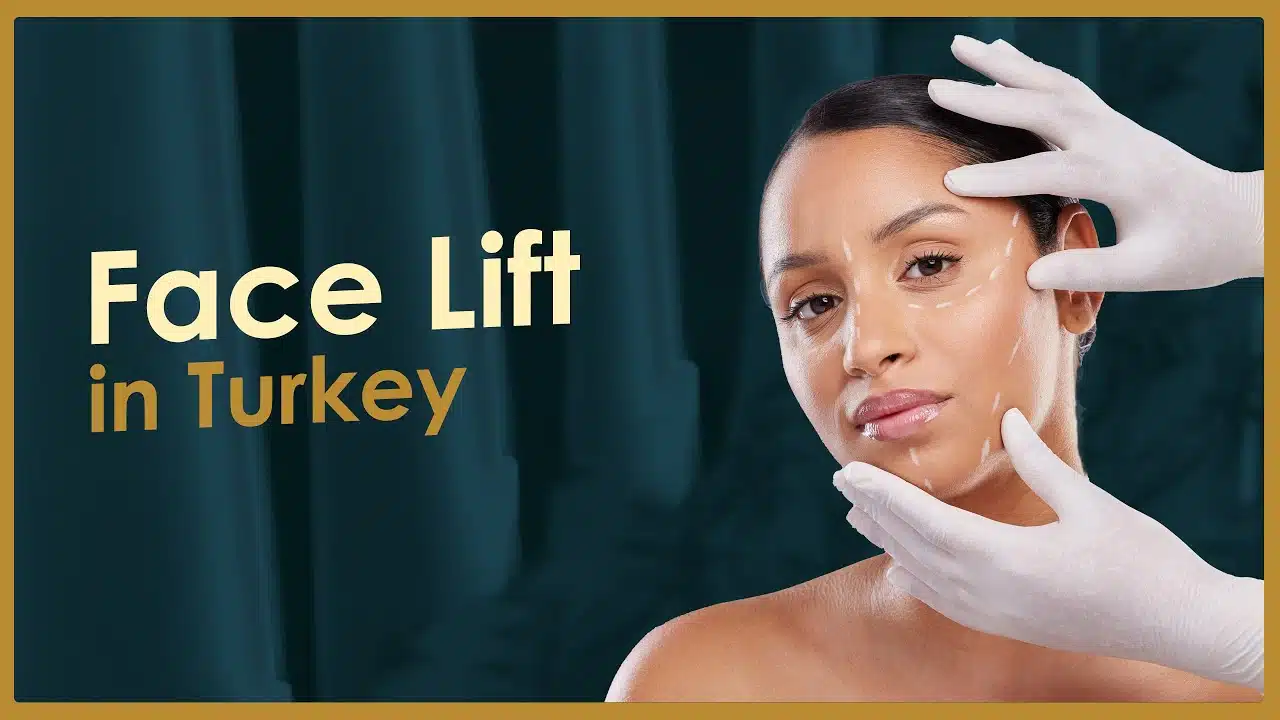
🔍 Deepening the Role of Facial Analysis in Today’s Cosmetic Procedures
While facial analysis has always been a cornerstone of aesthetic planning, its role has evolved dramatically with advancements in modern cosmetic surgery. No longer limited to basic proportions or symmetry, today’s facial assessments integrate digital imaging, AI-driven mapping, and personalized anatomical studies to guide precise treatment strategies. This enhanced approach helps surgeons tailor procedures like rhinoplasty, facelifts, and fillers to the unique contours and dynamics of each face. As cosmetic trends move away from “one-size-fits-all” enhancements, the importance of comprehensive facial analysis becomes even more apparent.
📌 To explore how facial analysis is applied in contemporary aesthetic practices and how it elevates surgical outcomes, read our full article.
🏥 Facial analysis & the Estherian difference
At the Estherian Clinic, we combine the power of advanced technology with the skill and excellent precision of our highly trained surgeons to perform facial analysis.
This level of planning allows us to have more control over the surgical procedures and strengthens our chances of having superior outcomes. Furthermore, it gives us the benefit of predictability. This better equips our surgeons to eliminate potential risks and acquire harmonious and natural plastic surgery results.
🩺Check out our surgeons’ transformations with these before-and-after photos of our patients.
Do you want to connect with our expert team? Contact us now! 📩




